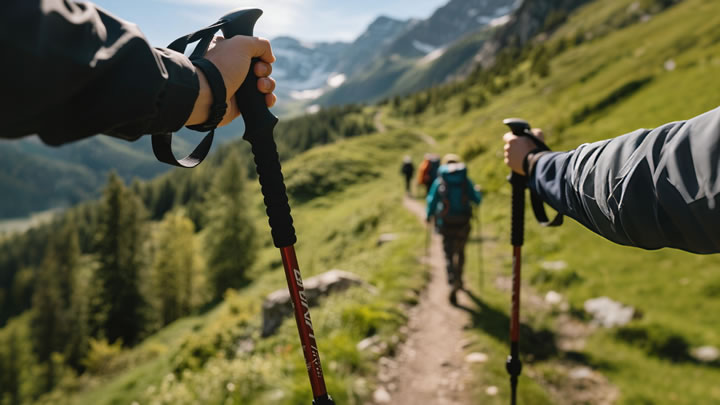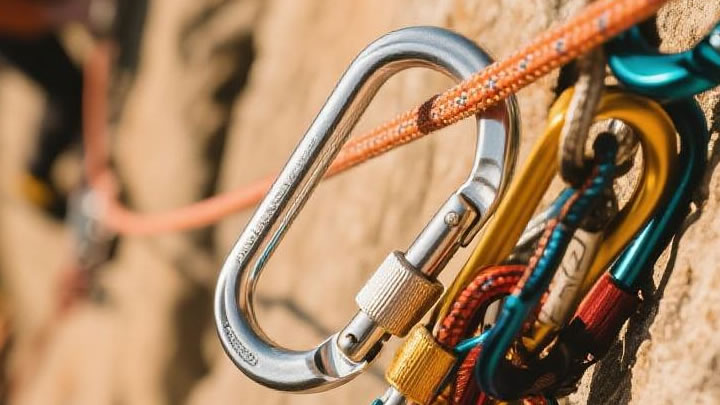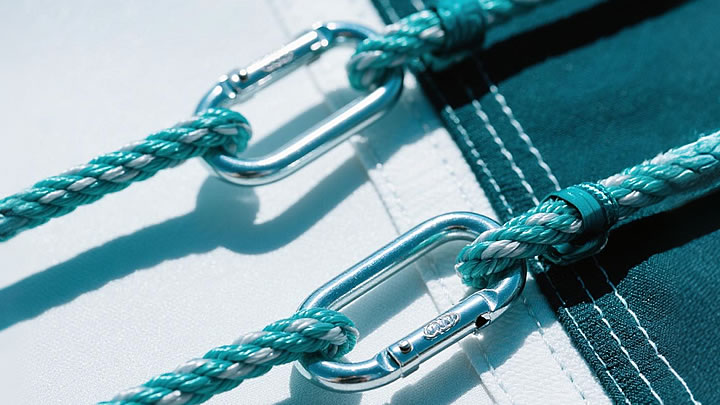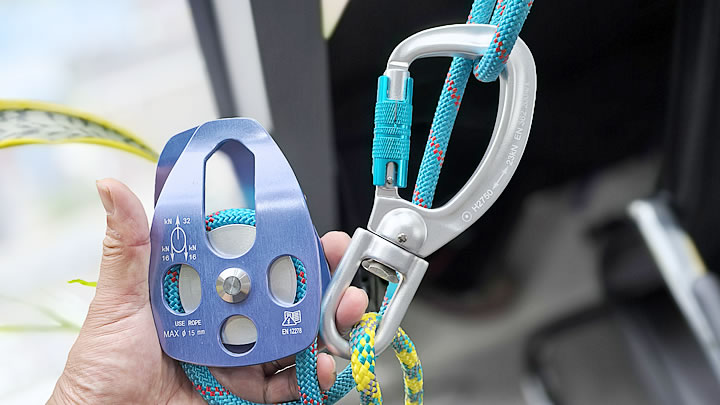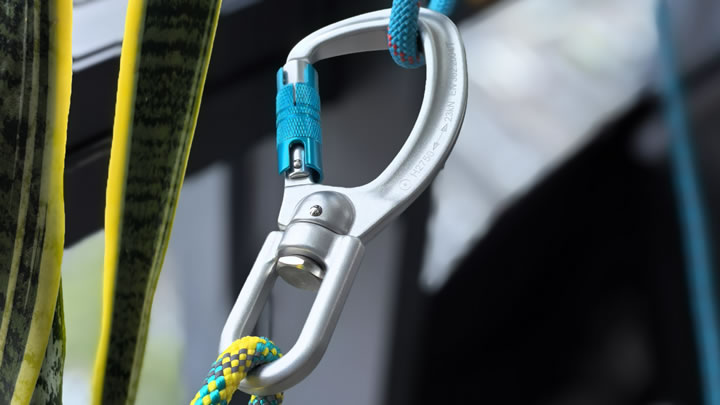How to use a storage box as a camping washing station.
Thursday, May 15, 2025
A portable washing station is essential for maintaining hygiene during camping trips, but commercial options can be bulky or expensive. Transforming a storage box into a multifunctional sink saves space, money, and effort. Here’s how to build and optimize your own camping washing station.

1. Materials and Tools Needed
- Storage Box: 20–40L rugged plastic bin (e.g., Rubbermaid Action Packer).
- Faucet/Spigot: Collapsible camp faucet (e.g., Sea to Summit Pocket Tap).
- Sink Insert: Silicone collapsible basin (e.g., YETI Sink) or stainless steel bowl.
- Drainage System: Flexible hose, rubber grommet, and waterproof sealant.
- Extras: Biodegradable soap, scrub brush, microfiber towel, and a 5–10L water reservoir.
- Tools: Drill, utility knife, silicone caulk, measuring tape.
2. Step-by-Step Construction Guide
A. Install the Faucet
- Choose a Location: Mark a spot near the top edge of the box lid.
- Drill a Hole: Match the faucet’s diameter (typically 1–1.5”).
- Secure the Faucet: Insert the spigot and seal with silicone caulk.
B. Add the Sink Basin
- Cut a Basin Hole: Trace the sink’s shape on the lid; cut with a utility knife.
- Waterproof the Edges: Apply silicone caulk around the basin rim.
- Insert the Basin: Press the sink into the hole; let the sealant cure for 24 hours.
C. Set Up Drainage
- Drill a Drain Hole: At the box’s base, slightly off-center.
- Attach a Hose: Use a rubber grommet to connect a hose (direct graywater away from camp).
- Test for Leaks: Pour water into the sink and check seals.
3. Water Supply Solutions
- Gravity-Fed System: Hang a water bag (e.g., Aquatainer) above the box.
- Foot-Pump Faucet: Use a Reliance Hydration Pak for hands-free flow.
- Manual Pouring: Keep a jug nearby for simplicity.
4. Maintenance and Hygiene Tips
- Use Biodegradable Soap: Brands like Dr. Bronner’s minimize environmental impact.
- Clean After Use: Scrub the basin with vinegar to prevent mold.
- Store Dry: Leave the lid open to air out moisture between trips.
5. Multi-Functional Upgrades
- Cutting Board Lid: Attach a removable board for food prep.
- Tool Storage: Add interior compartments for soap, sponges, and utensils.
- Solar Shower Hook: Clip a Coleman Solar Shower to the faucet for warm water.
6. Real-World Applications
- Family Camping:Box Size: 40L with dual basins (one for dishes, one for handwashing).Water Source: 10L collapsible jug refilled at camp spigots.
- Backpacking:Ultralight Setup: 20L bin with a foldable sink and mini faucet.Graywater Management: Use a mesh filter to catch food particles.
7. Cost Breakdown
- Storage box: 15–15–30
- Faucet + sink: 20–20–50
- Hose + sealant: $10
- Total: 45–45–90 (vs. $150+ for commercial camping sinks).
8. Common Mistakes to Avoid
- Weak Sealant: Skipping silicone caulk leads to leaks—reapply if needed.
- Poor Drainage Placement: Ensure the hose slopes downward to prevent backups.
- Overcomplicating Design: Start simple; add upgrades later.
9. Top Pre-Made Alternatives
- YETI Sink + Faucet Kit: Durable but pricey ($200+).
- Coghlan’s Foldable Camp Sink: Budget-friendly but less sturdy.
Final Tips
- Line the box with a trash bag for easy cleanup.
- Pair with a portable water filter for backcountry trips.
- Practice setup at home to troubleshoot leaks.

